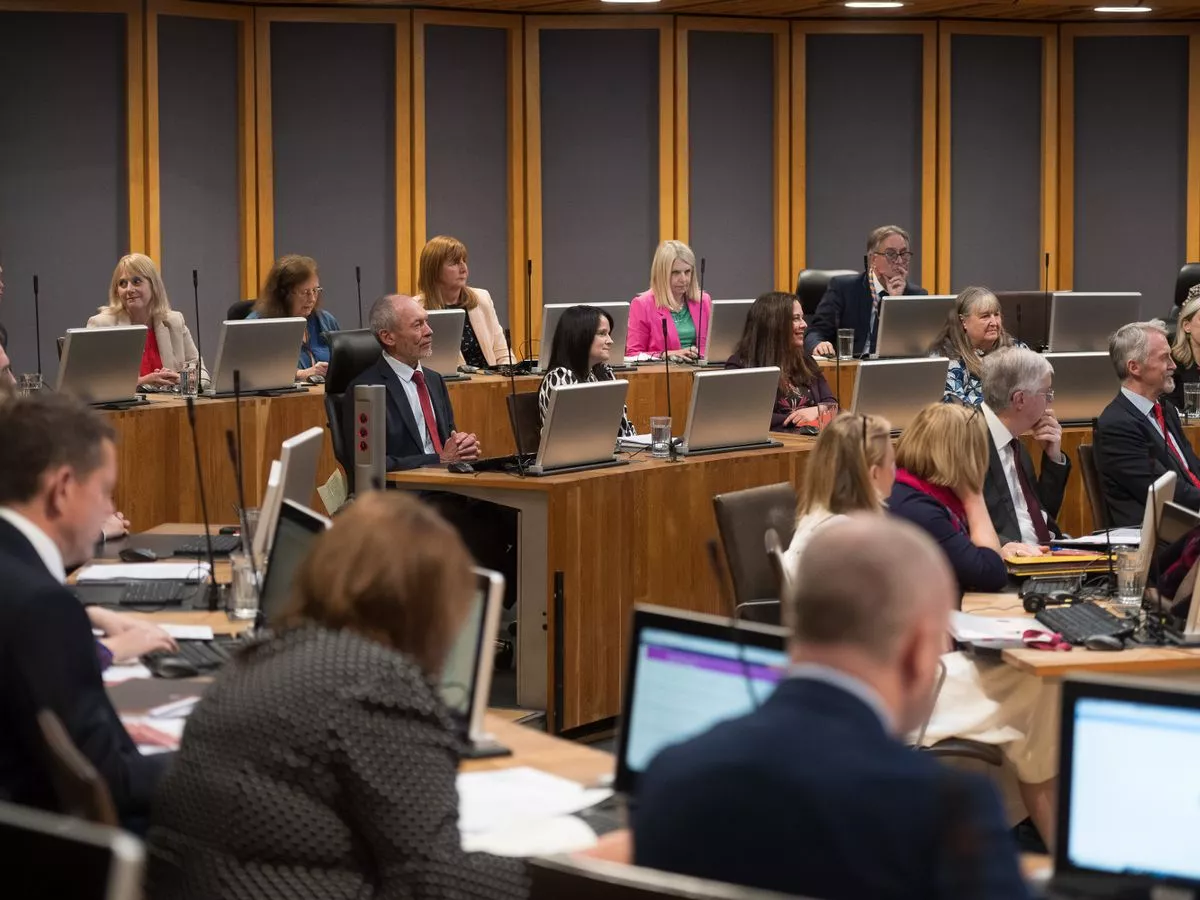By Ruth Mosalski
Copyright walesonline

Labour is losing voters on multiple fronts, and it could have a huge impact on everyone in Wales. A new poll has shown the ruling party’s support at May’s Senedd election is projected to be just 14%. In the 2021 election, Labour had 40% of the vote. The poll shows Plaid Cymru top, with 30% and Reform UK leapfrogging Labour into second with 29% of the vote. The Green Party would also get its first Senedd seat. Translating that to seats, it would mean Plaid would get 38 seats, while Reform UK would take 37. Labour would take 11. The poll is the latest to show a decline in Labour support and Plaid holding its position. It shows further growth for Reform UK, with their support increasing from the last YouGov poll for ITV Cymru Wales/Barn Cymru by 4%. This graph, showing YouGov polls about Welsh Senedd voting intention since 2013, shows just how much of a fall in support Labour has had: But it isn’t just the polling and seat projections that make the poll so interesting. It is what it could mean in the aftermath of May’s Senedd election. The way people vote and the way the Senedd is made up is changing from next year. Instead of 60 Senedd members, there will be 96. There will be a different way of casting your vote – with just one vote per person rather than the two there have been. It means it is unlikely there will ever be a majority, so parties will have to work together. However, academic Jac Larner, an expert in Welsh politics says a coalition now seems to be “inevitable”. This latest polling suggests the new, 96-seat Senedd would look like this: Compared to how it currently looks now: Dr Larner said while the seat make-up he projects as a result of the poll suggest Plaid Cymru would lead that administration. They could politically align with Labour, the Liberal Democrats and the Green Party. However he has warned if Labour’s vote continues to decline that is at risk too. That would mean a potential Plaid Cymru or Reform UK minority government is on the cards, which means either party would need support of colleagues from another other party to be able to pass any laws, as well as the crucial annual budget which determines how the Welsh Government’s money is divided between areas like councils, health, education, and rural affairs. However there is a complication for the parties to the right of centre too. Because Reform UK is largely taking votes from the Conservative Party , which would slump from the official opposition to being the fourth party, if they keep taking those voters then the Conservative vote would fall even more, likely removing any hope Reform UK would find a party which it could form a coalition with. While each party pores over the polling, the Green Party – whose leader Anthony Slaughter could win a seat in Caerdydd Penarth – is already saying he thinks he could hold a crucial vote. The party also says it believes that even a 2% swing to them could see their seat share triple to three, and lead them to hold the balance of power. Dr Larner said: “The data reveals telling patterns of voter movement across the political spectrum. Plaid Cymru’s support has remained relatively stable over recent months with previous Labour converts sticking with their new choice, suggesting the party has successfully consolidated earlier gains. “Reform UK’s growth is built primarily on Conservative defections, with most of their support coming from previous Tory voters, alongside a smaller but notable number of former Labour supporters. Labour, meanwhile, is losing voters on multiple fronts – primarily to Plaid and the Greens, but also to a lesser extent to Reform – indicating broader challenges in holding together their traditional coalition. While Reform isn’t capturing the bulk of Labour’s lost support, even these smaller defections are contributing to Labour’s decline.”



